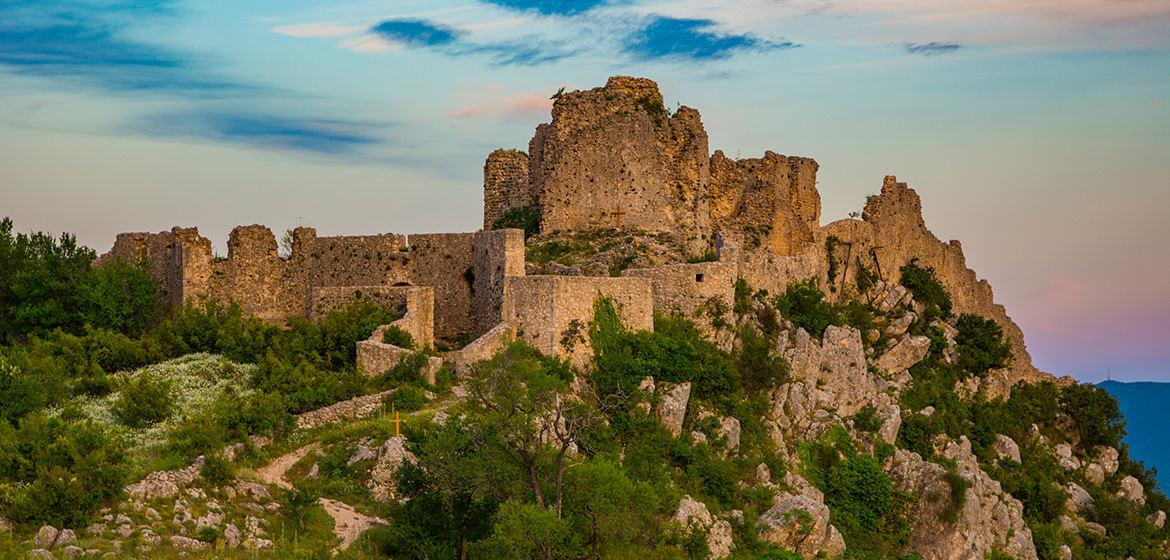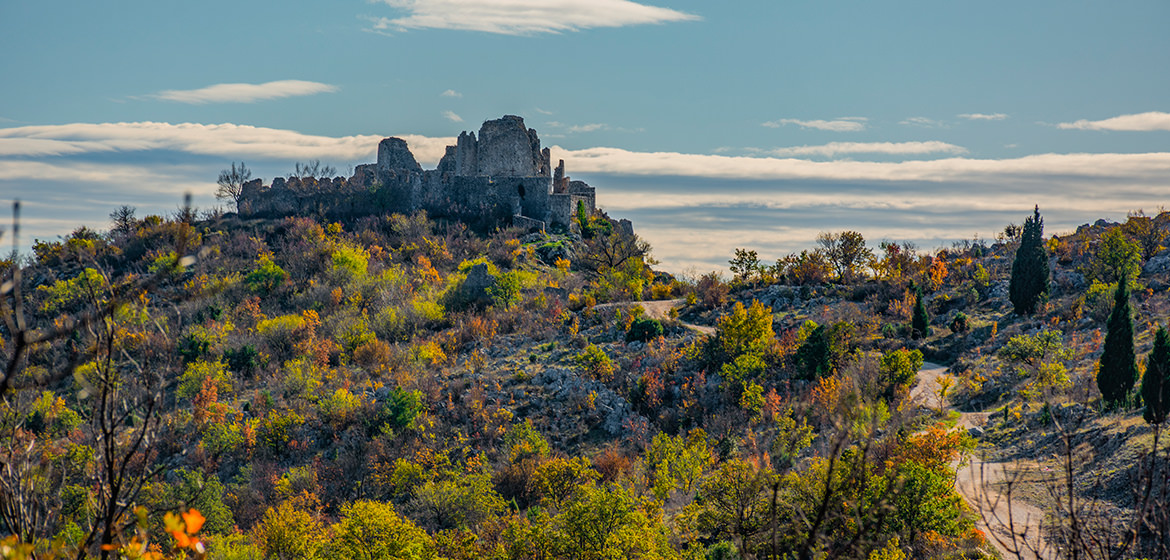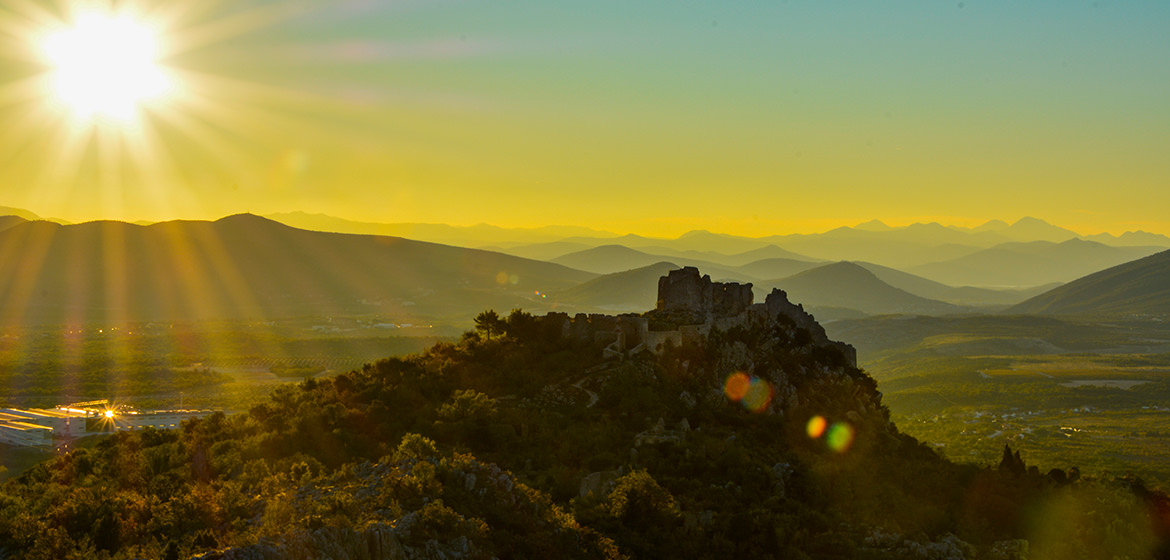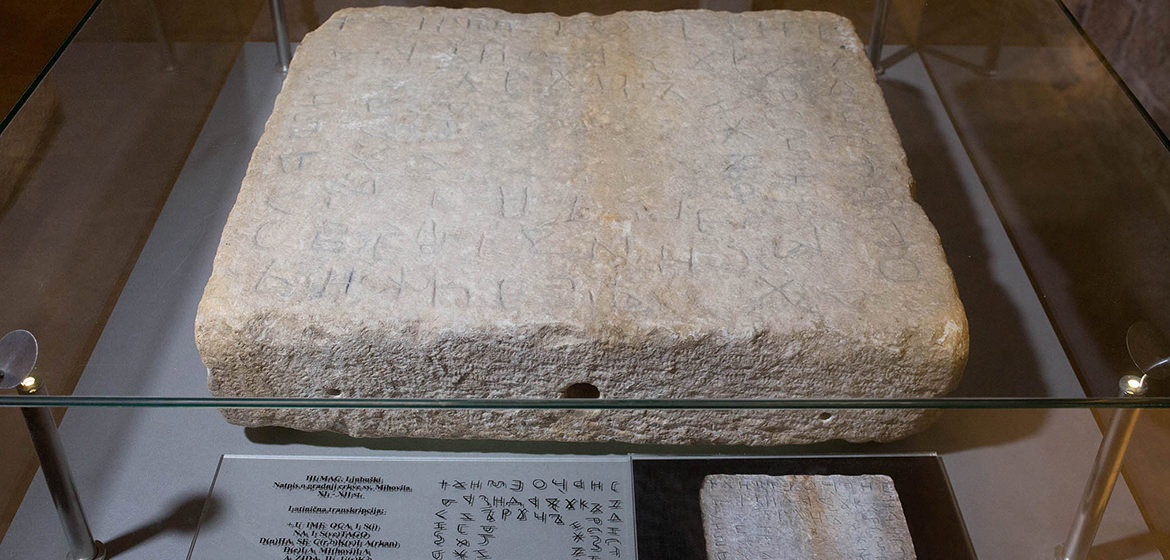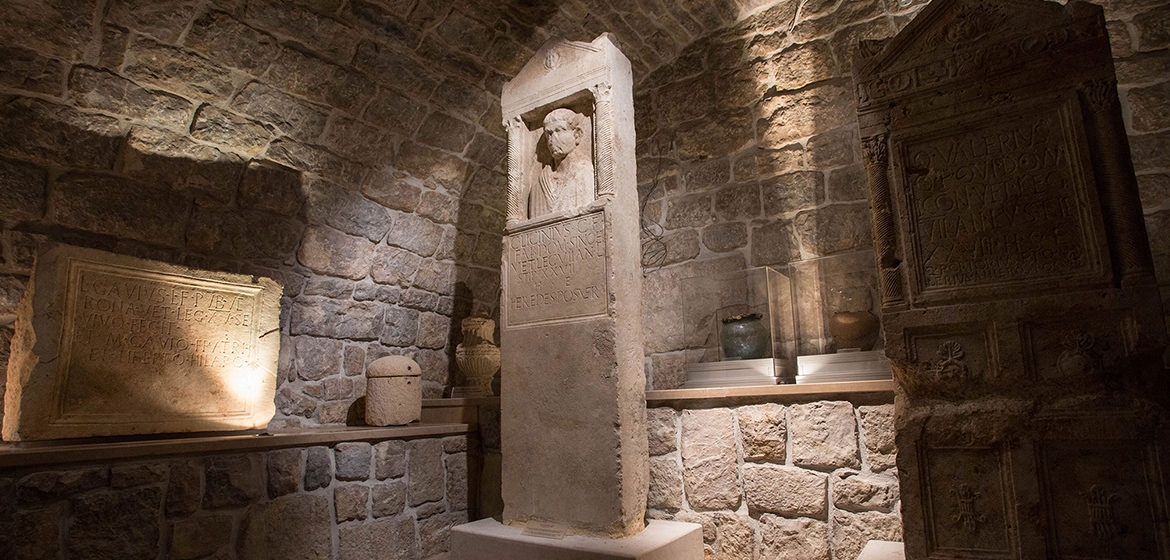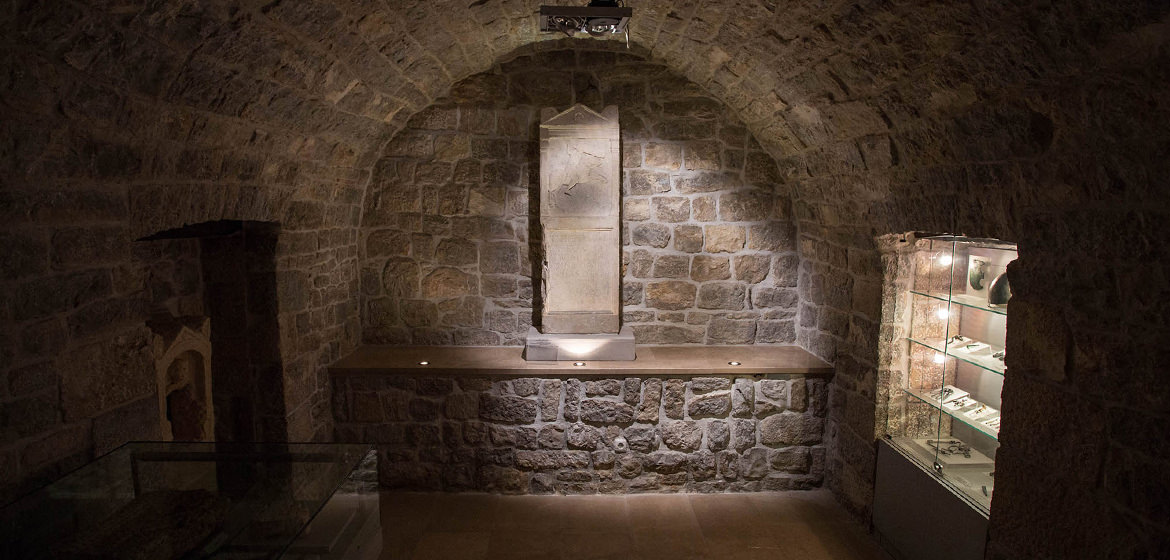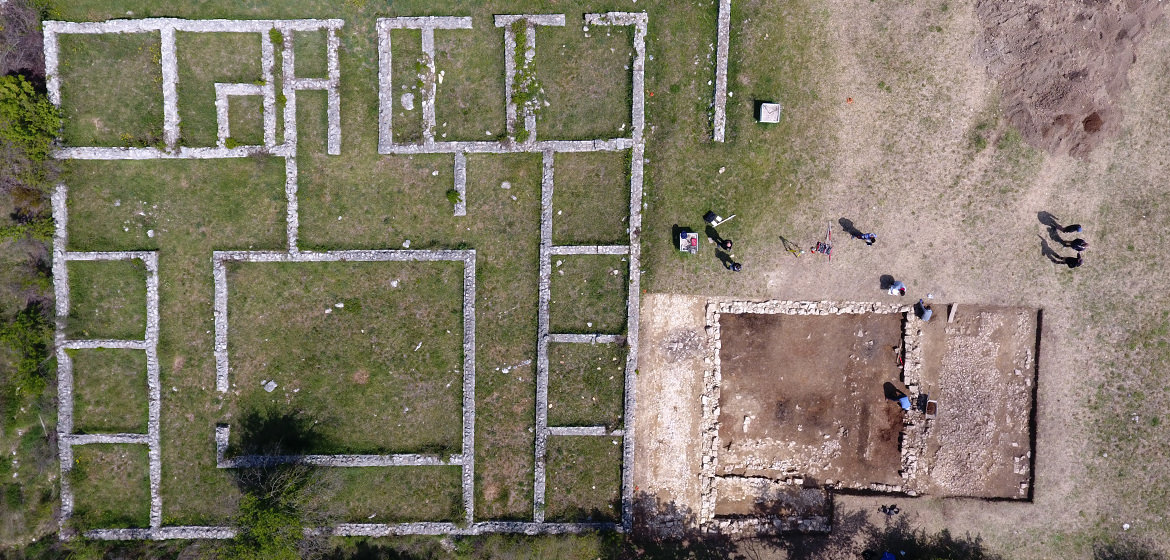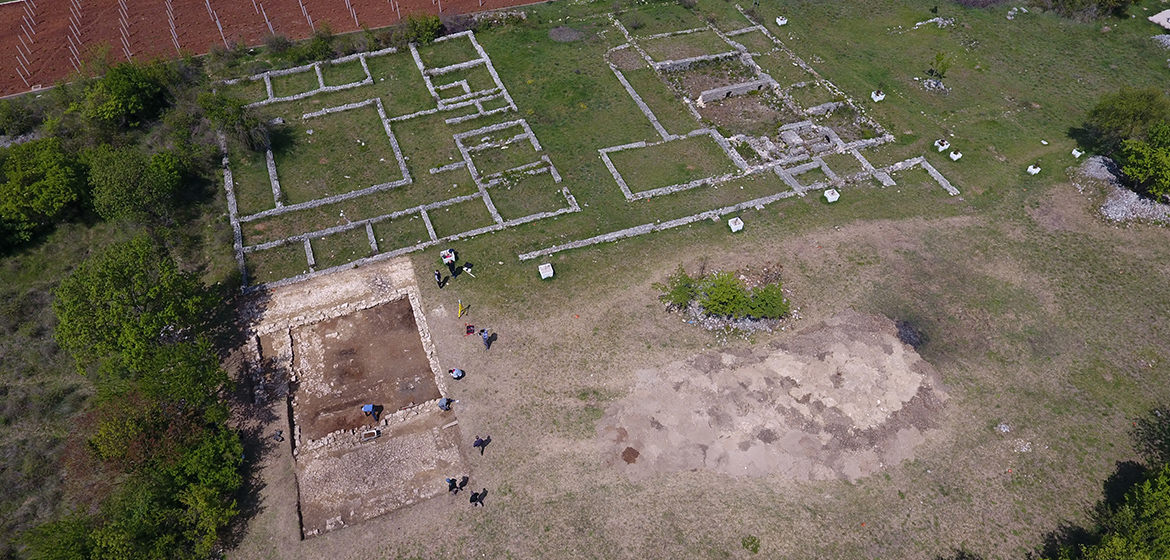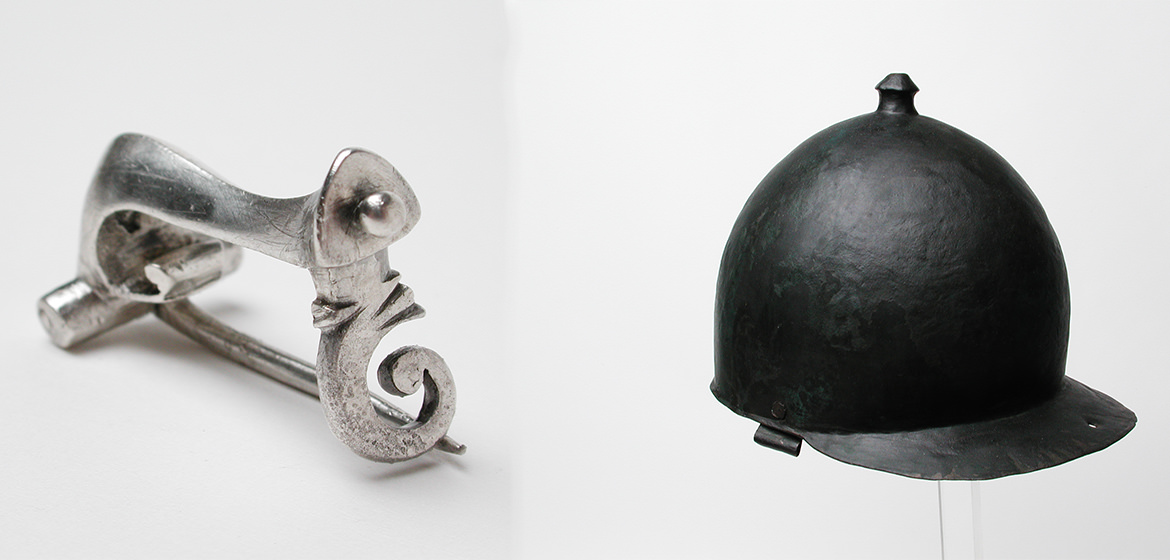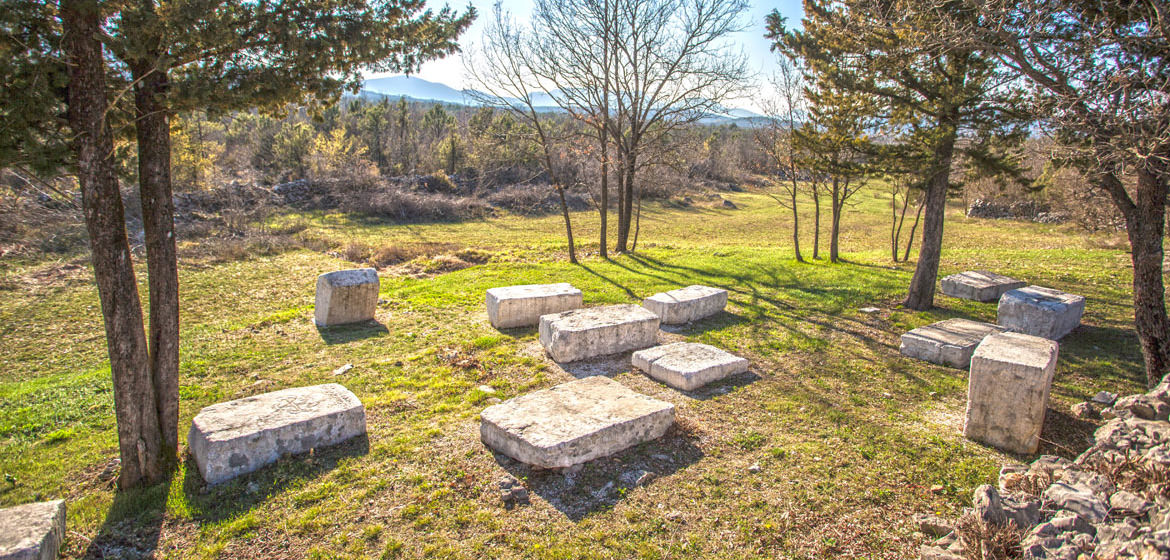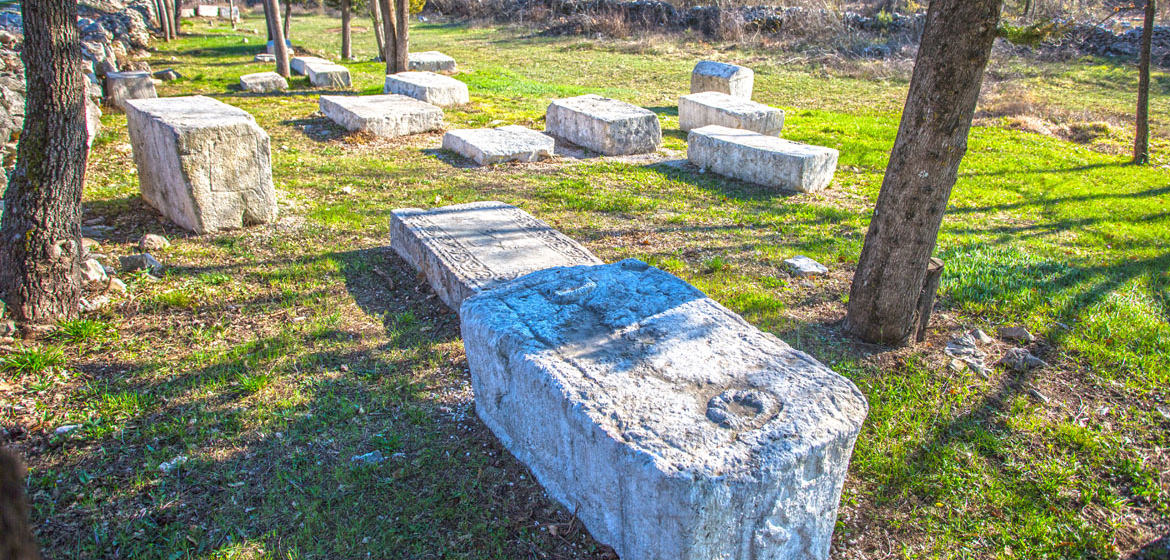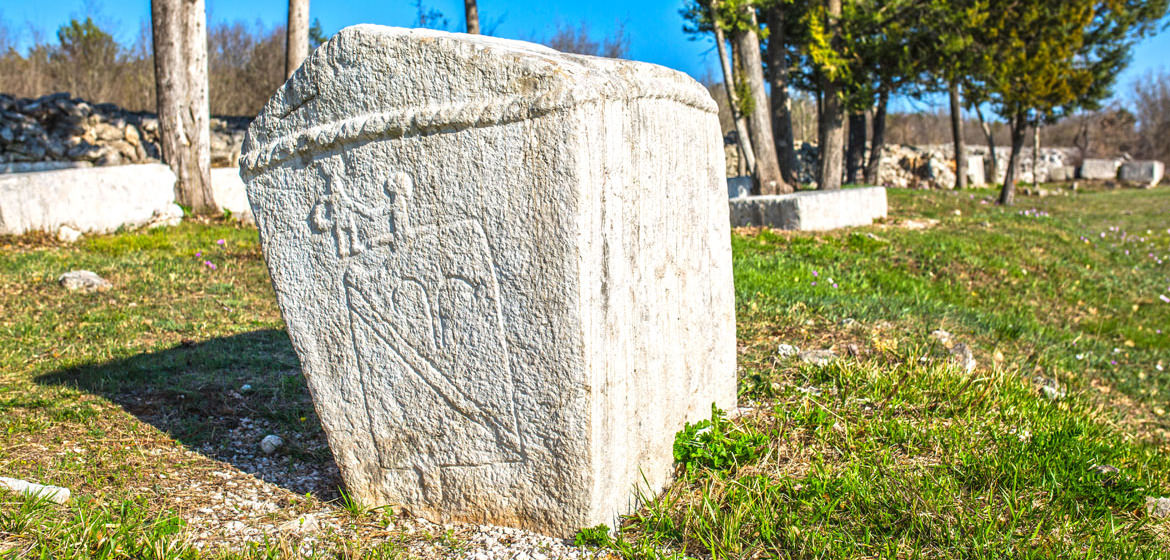Cultural sights
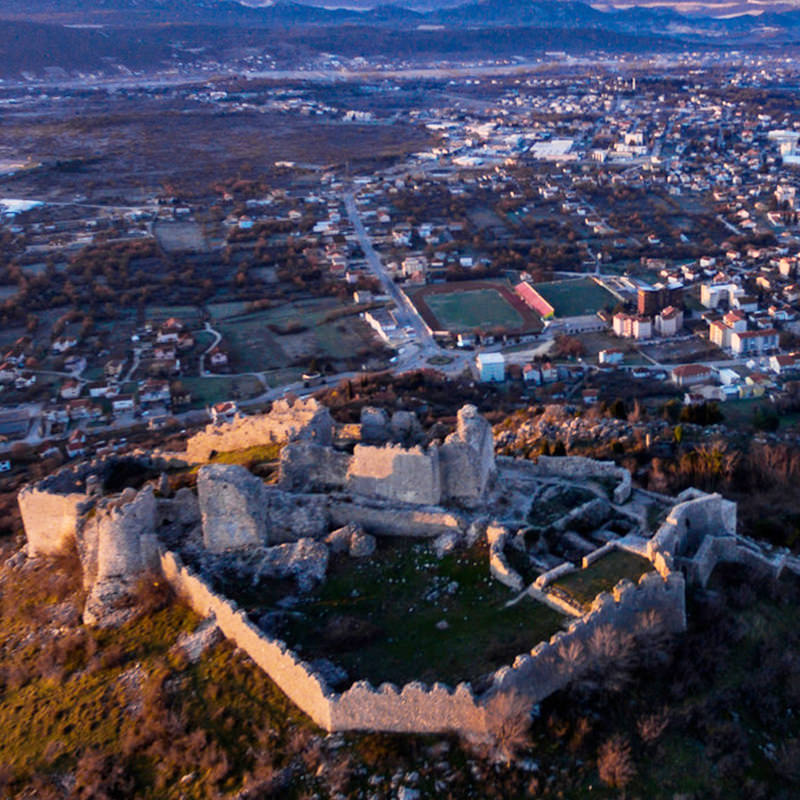
Herceg Stjepan fortress
The fortress was built in the Middle Ages, above Ljubuški, at the very top of the Butorovica hill. According to folk tales, herceg (duke) Stjepan Vukčić Kosača is responsible for the construction of the fortress, although historically it is older than him. In written sources Ljubuški is first mentioned on February 21, 1444 under the name Lubussa.
The fortress complex consists of two parts. The central tower “Herceguša” was built at the end of the 14th or beginning of the 15th century and the perimeter wall in the form of an irregular polygon with massive towers was built in the Ottoman period after 1472. THE OLD TOWN OF LJUBUŠKI was declared a National Monument of Bosnia and Herzegovina in October 2003.
Shortly before 1477, the city fell into Turkish hands and became a frontier fortress with a strong garrison. The Turks converted the fortress into a military residence, with all the accompanying facilities. After 1835 the Ljubuški fortress lost its defensive and strategic role.
Museum in Humac
The Franciscan Monastery in Humac contains the oldest museum in Bosnia and Herzegovina, founded in 1884. The museum displays Humac Stone Tablet from XII. Century which is the oldest preserved monument written in Croatian (a mixture of Glagolitic and Old Croatian Cyrillic).
Thanks to the collecting activities of numerous Franciscans, as well as various donations from the civilian population, the holdings were continuously increasing, as was the need for new premises for the archaeological collection. Today’s museum exhibition, founded in 2003, is located in the basement of the monastery of St. Anthony of Padua on Humac.
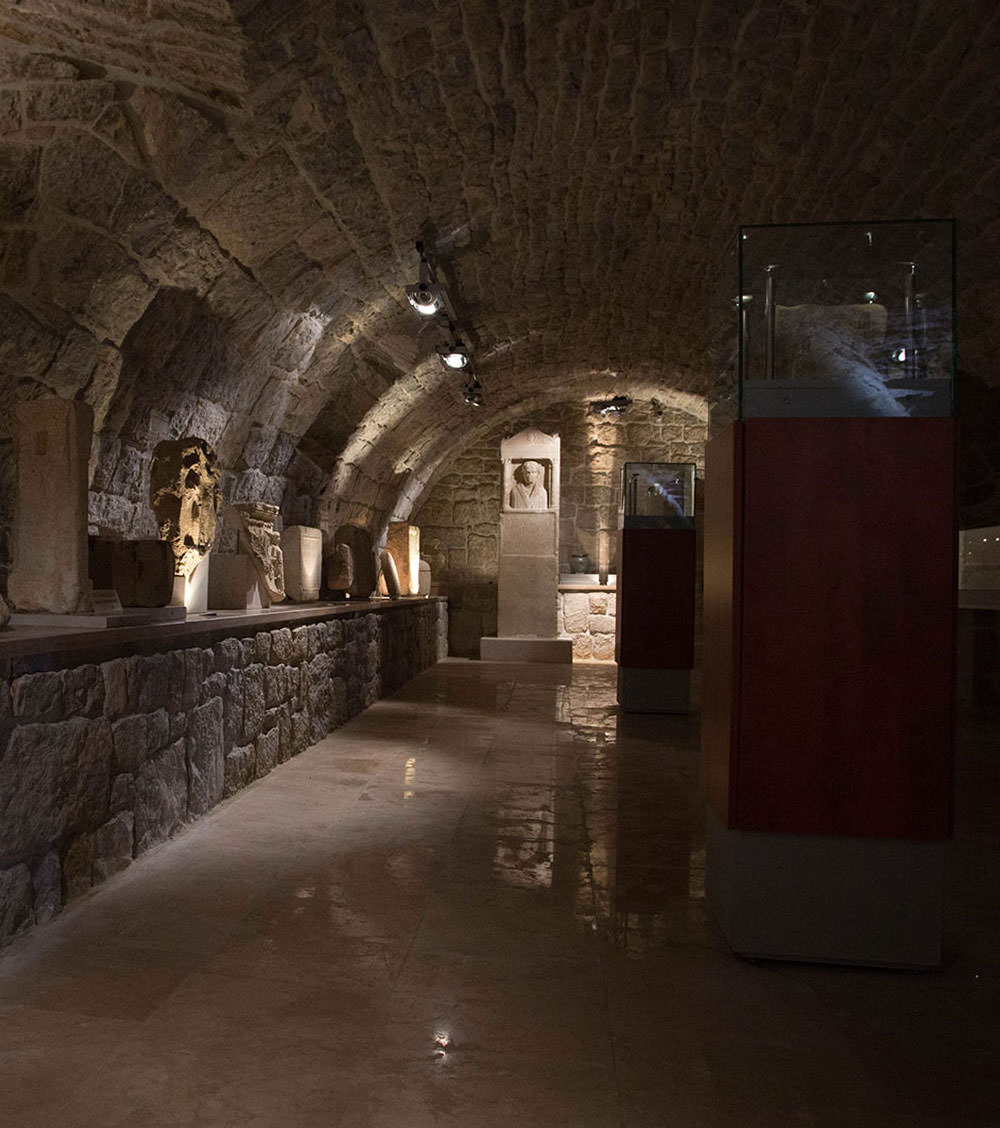
Archaeological material was collected in the wider area of Herzegovina and divided into prehistoric, ancient and medieval in a time span of almost 16,000 years. Part of the complex is a lapidary for the exhibition of stone monuments located in the monastery courtyard.
70 Roman monuments were found in the area of the Ljubuški region, of which the largest number are tombstones (stelae) belonging to veterans and soldiers of various legionary and auxiliary units. The museum displays the oldest Cyrillic-Glagolitic monument, which retells the restoration of the church of the Archangel Michael in the period 11/12. century, popularly called “Humac Stone Tablet”. Humac Stone Tablet is the oldest written monument of Croats in BiH.
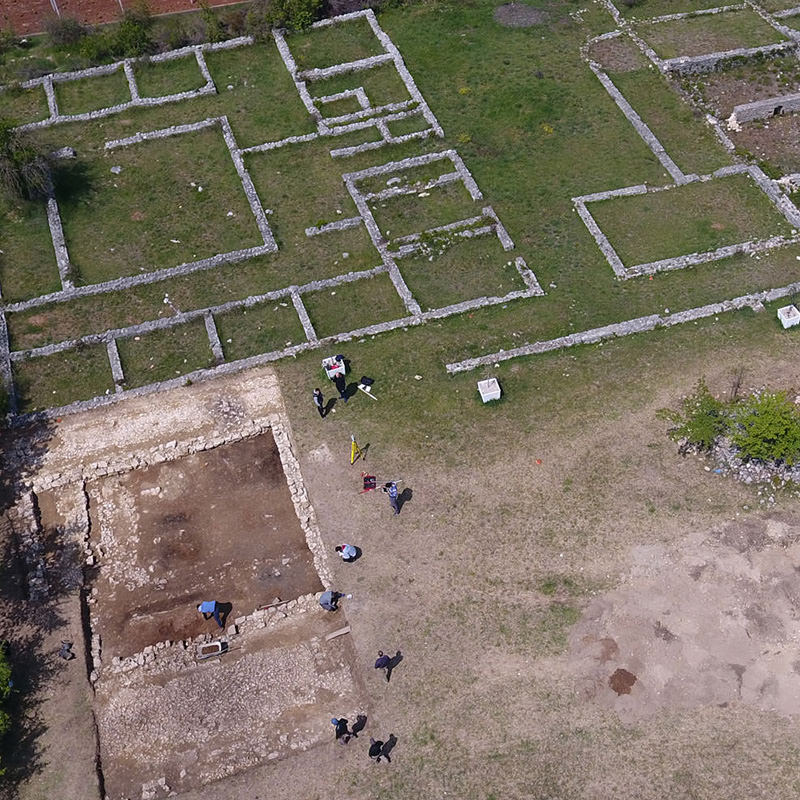
Roman military camp in Gračine
The ancient archeological site of Gračine is located on the flat plateau above the left bank of Trebižat River in the area of the village Humac, 2 km southwest of Ljubuški.
The military camp originates from 1st-3rd century, and was partially researched and restored in the period from 1977 to 1988. Remains of a Roman military complex have been excavated at the site.
Numerous remains of pottery, jugs, vases, coins, jewelry, rings, glass, tools and weapons were found during the excavation. A small part of the exhibits is in the Museum of the Franciscan Monastery of St. Ante, and most of the excavations (ceramics, glass, numismatics) have never been exposed.
This archeological site was declared a national monument in 2003.
New archaeological research began in April 2017, in cooperation with the Faculty of Humanities, University of Mostar and the Municipality of Ljubuški.
Stećak tombstones in Ljubuški
In the vicinity of Ljubuški 214 tombstones were registered in 7 necropolises, of which: 88 tombstone slats, 78 grave chests, 9 sarcophagi and 48 grave slabs and grave chests. Of the 176 tombstones described, half are slabs, half are chests, while the sarcophagus is relatively small, but they are artistically better decorated than the others. Out of 176 specimens, 81 are decorated, 33 of them with the symbol of the cross, which was especially evident in the upper part of the village Studenci.
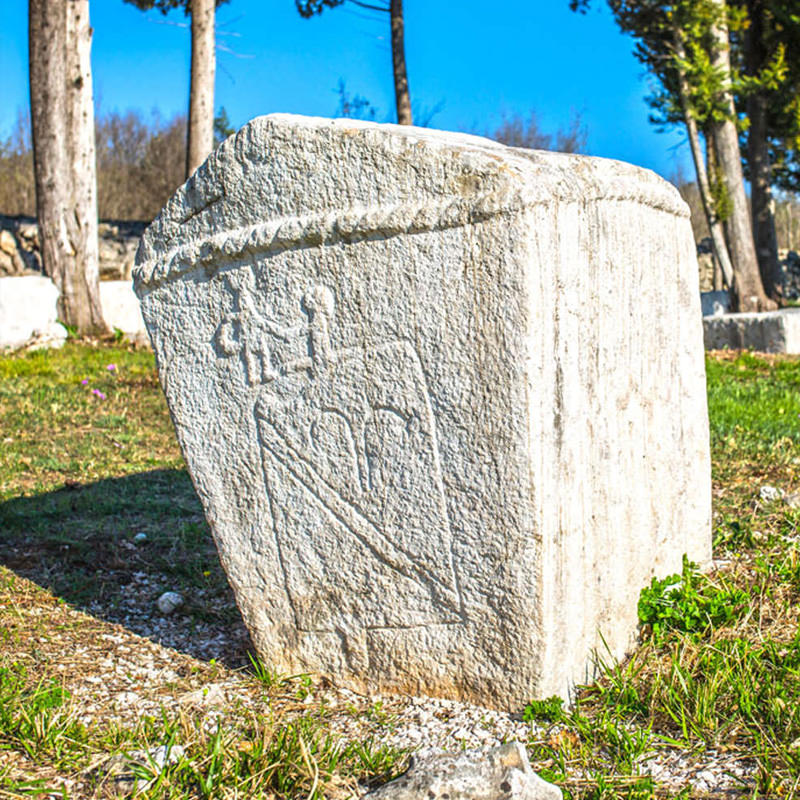
Decorative motifs on the necropolises with stećak tombstones of the Ljubuški region are as follows: shield motif with sword, oyster symbol, human figures with decoration, twisted rope and ribbons, crescent, rosettes, trefoil tendrils, wheel, spiral motif, hunting scenes, falcon symbol and tournament.
Several stonemason workshops were active in this area as bearers of various influences. It is not the same workshop of masters who made monuments at the necropolis in the upper part of the village Studenci and those who worked at the necropolis “Gračine” in Bijača, Zvirići and Pržine. Most of the monuments belong to the XIV. and XV. century, some specimens, however, could have appeared much earlier, perhaps even in the XII. century.
